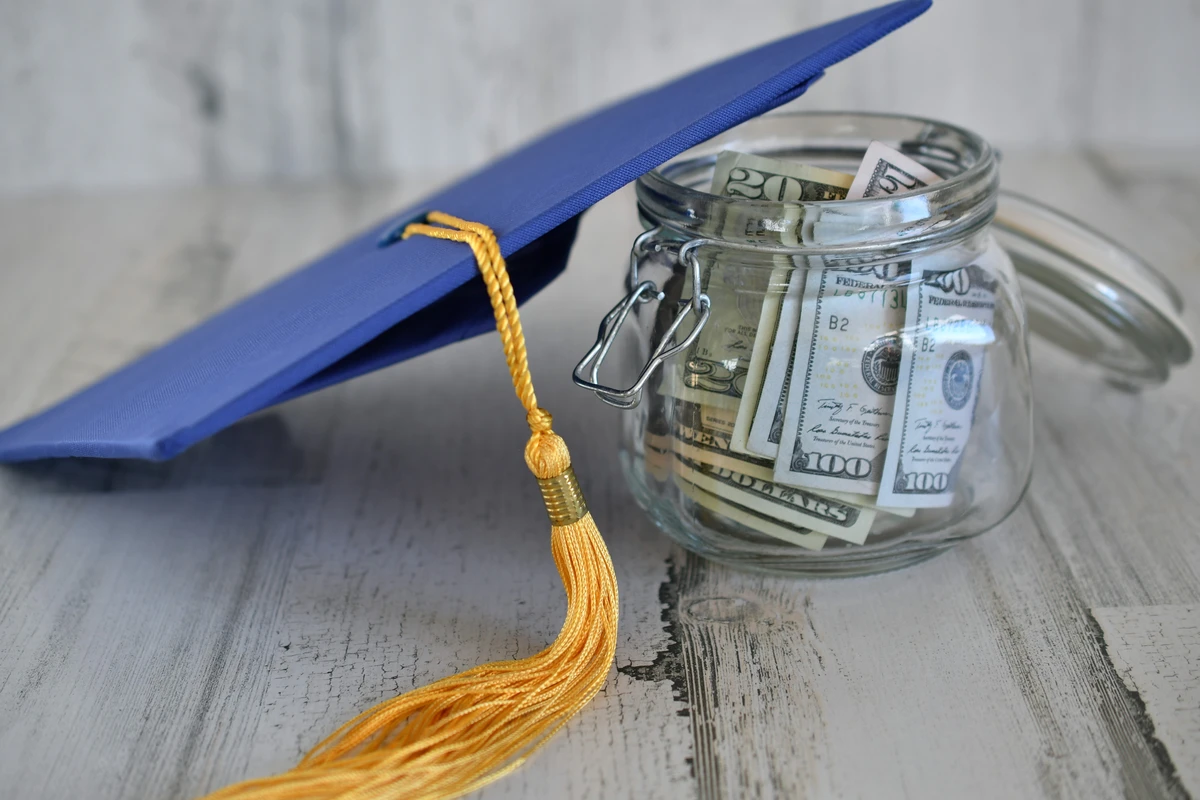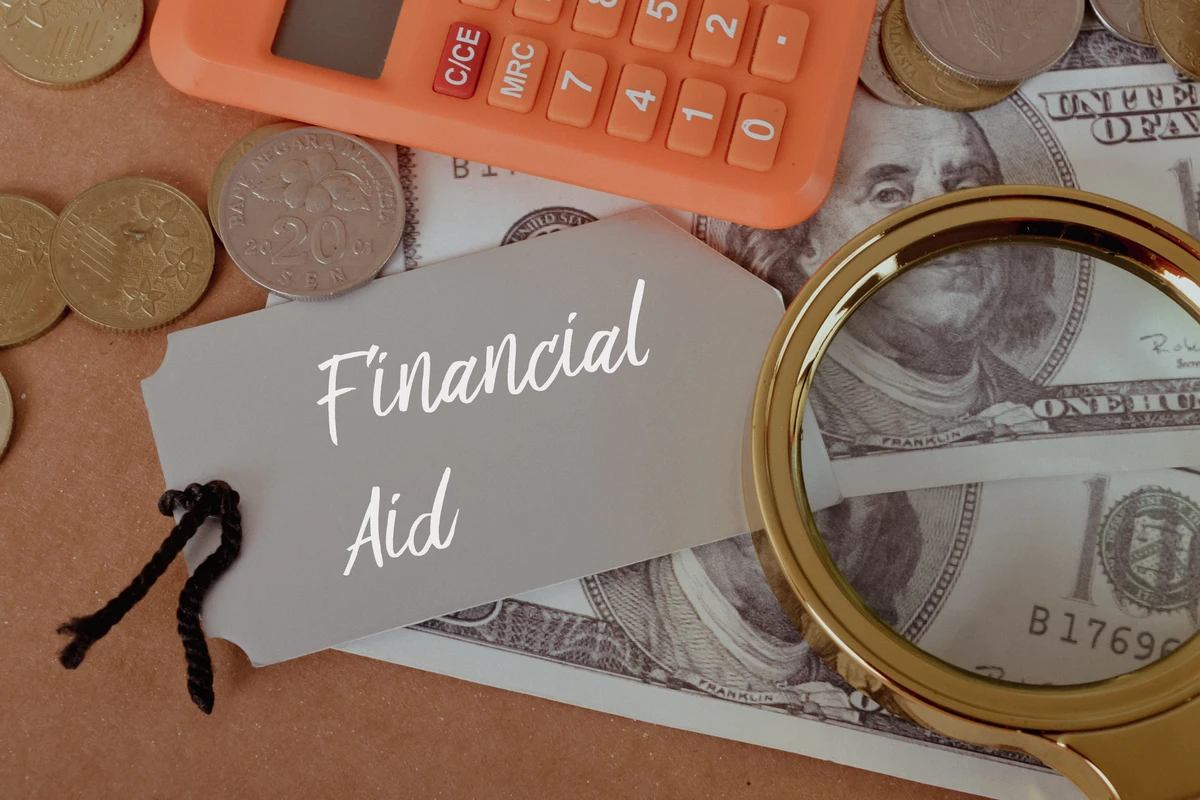For decades, student loans have been marketed as “good debt”—a supposedly wise investment in your future earning potential. But in 2025, that narrative is unraveling. With interest rates climbing, repayment plans collapsing, and millions of borrowers facing default, the advice to “take as much as you need” is no longer just misguided—it’s financially hazardous.
This article explores the real cost of excessive student loans, the systemic shifts reshaping repayment, and smarter strategies for women who want to fund their education without sacrificing their financial freedom.
📊 The State of Student Loans in August 2025
Student loan debt in the U.S. has reached a crisis point. According to the Federal Reserve Bank of New York, the second quarter of 2025 revealed alarming trends:
- 10.2% of aggregate student loan debt is 90+ days delinquent, a sharp increase from pre-pandemic levels
- 5 million borrowers are in default, many for over 7 years
- 4 million more are in late-stage delinquency, meaning they’re 91–180 days behind on payments
- Nearly 25% of the federal student loan portfolio could be in default by year-end
These numbers aren’t just statistics—they represent real people delaying homeownership, struggling with credit scores, and postponing major life milestones. The end of the SAVE Plan, once a lifeline for low-income borrowers, has only worsened the situation. As of August 1, 2025, interest resumed on millions of student loans, and borrowers are scrambling to transition to new repayment plans amid massive backlogs.
🧠 Why Student Loans Are Not Automatically “Good Debt”

1. Debt Is Still Debt—Even If It Funds Education
Student loans come with interest, repayment obligations, and long-term consequences. In 2025, federal loan interest rates range from 5.5% to 7.2%, while private loans can exceed 11%.
Let’s break it down:
- A $100,000 graduate loan at 7% interest over 20 years results in $86,000 in interest
- That’s nearly doubling the cost of your education—and delaying wealth-building for decades
Even worse, many borrowers don’t fully understand how interest accrues. With compounding interest, balances can grow even while making minimum payments, especially under long-term plans like the new Repayment Assistance Plan (RAP), which stretches forgiveness to 30 years.
2. The System Is Shifting Rapidly
The SAVE Plan, introduced in 2023, was blocked by federal courts in July 2025. This left 7.7 million borrowers in limbo, many of whom had budgeted around $0 payments and interest-free forbearance.
Now, those same borrowers face:
- Growing balances due to resumed interest
- Limited access to alternative repayment plans
- A backlog of 1.5 million pending applications, with nearly 500,000 expected to be denied
The new RAP plan offers some relief, but it’s far less generous than SAVE. Monthly payments are income-based, but forgiveness takes longer, and interest accrues immediately.
3. Excessive Borrowing Delays Wealth Building
Women hold nearly two-thirds of all student loan debt in the U.S. And they’re more likely to experience income gaps, caregiving responsibilities, and delayed wealth-building.
Every dollar spent on interest is a dollar not invested in:
- Retirement accounts
- Emergency savings
- Homeownership
- Entrepreneurship
In short, excessive student loans don’t just delay financial goals—they reshape your entire financial trajectory.
🚨 The Danger of “Take As Much As You Need” with Student Loans

1. It Encourages Lifestyle Inflation
Borrowers often take out more than they need—not just for tuition, but for housing, travel, and discretionary spending. This leads to inflated loan balances and long-term financial strain.
- The Big Beautiful Bill Act now caps lifetime borrowing at $257,500, eliminating Grad PLUS loans and limiting Parent PLUS loans
- Graduate students are now restricted to $100,000 total, forcing many to turn to private loans with fewer protections
This shift means students must be more strategic than ever. Overborrowing today can mean decades of repayment tomorrow.
2. It Assumes Forgiveness Will Save You
Many borrowers assume their loans will be forgiven—but legal and political shifts make that uncertain. The SAVE Plan’s collapse proves that forgiveness is not guaranteed.
- The RAP plan offers forgiveness after 30 years, but with fewer benefits and stricter income brackets
- Courts have ruled that executive actions like blanket forgiveness are unconstitutional
Relying on forgiveness is no longer a safe strategy—it’s a gamble.
3. It Creates Dependency on Future Income
Borrowers often overestimate their post-grad earning potential. In saturated fields, salaries may not support aggressive repayment, especially for women facing systemic pay gaps.
- A borrower earning $80,000/year would pay $467/month under RAP, compared to $187/month under SAVE
- That difference can make or break a budget—especially for single-income households or caregivers
✅ Smarter Strategies for Managing Student Loans in 2025

🔍 Borrow Only What You Truly Need
Start by calculating your actual cost of attendance. Subtract grants, scholarships, and work-study income. Then borrow only what’s necessary.
Avoid borrowing for:
- Off-campus housing upgrades
- Travel or lifestyle expenses
- Tuition at institutions with poor graduation or earnings outcomes
Use the Federal Student Aid Loan Simulator to model your repayment options before you borrow.
🎓 Explore Alternatives to Student Loans
Student loans aren’t your only option. Consider:
- Grants: Free money based on need or merit. Apply early and often.
- Scholarships: Use platforms like Fastweb, Bold.org, and niche-specific databases
- Work-Study & Part-Time Jobs: Even 10–15 hours/week can offset living costs
- Employer Tuition Assistance: Many companies offer reimbursement programs
- Income Share Agreements (ISAs): Pay a percentage of future income instead of fixed debt
- Short-Term Programs: Bootcamps and certificates often cost less and lead to high-paying jobs
These alternatives offer more flexibility and lower risk—especially for women navigating career pivots or caregiving roles.
💡 Choose the Right Repayment Plan
With SAVE gone, your best options are:
- Income-Based Repayment (IBR): 10–15% of discretionary income, 20–25 year forgiveness
- Repayment Assistance Plan (RAP): New plan under BBB Act, with flat fees and income brackets
Use the Loan Simulator to compare plans and estimate monthly payments. Don’t wait—backlogs are growing, and delays can cost you.
💪 Empowering Women to Borrow Smarter
Women disproportionately carry student loan debt—and face unique financial challenges. That’s why strategic borrowing isn’t just smart—it’s essential.
By borrowing less, exploring alternatives, and choosing the right repayment plan, women can:
- Build wealth faster
- Reduce financial stress
- Reclaim control over their financial future
Financial literacy is power. And in 2025, it’s the key to turning student loans from a burden into a tool.
🧠 Final Thoughts: Student Loans Should Be a Tool—Not a Trap
Student loans can absolutely be a tool—but only if you use them with intention, not impulse. Borrowing blindly under the “good debt” label is like buying designer shoes on a payment plan: it might feel empowering now, but it’ll pinch later.
In 2025, the smartest move isn’t borrowing more—it’s borrowing better. That means knowing your numbers, questioning the hype, and choosing education without chaining your future to decades of debt. Because thriving post-grad shouldn’t come with a monthly reminder of what you didn’t know then.









